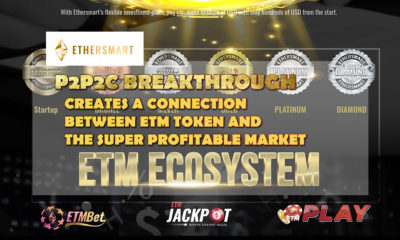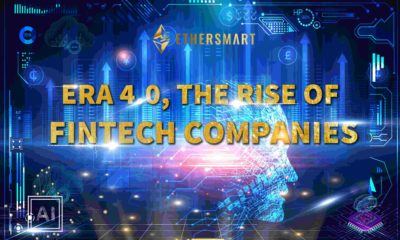While decentralized finance and blockchain technology have already severely impacted centralized finance, further change is yet to come. Each blockchain platform must improve its efficiency and strengthen its roots to prepare for the future. However, this cannot be done while the ecosystem continues to struggle in cross-asset trading.
Cross-asset trading is an essential part of the cryptocurrency world as it allows traders to diversify their portfolios in a single place. However, there are only a handful of platforms working to provide such a solution, and DIFX is one of them. It is a hybrid platform recently launched in the UAE region that enables cross-asset trading.
Pain Points for Traders of Crypto Community
DIFX aims to solve pain points that crypto traders face to become a global solution for cross-asset trading. Some of these pain points include:
Good customer service is vital in the crypto industry as several people are still unfamiliar with the technology and need support. However, most of the platforms lack good customer service, making the experience disappointing for users.
High trading fees discourage users from buying cryptocurrencies and creating a diverse portfolio. Generally, exchanges charge anywhere between 0.25% to 3%, which can amount to a hefty amount in large trades.
The cryptocurrency market suffers from a lack of liquidity which limits the capacity of trading orders. Many exchanges are not equipped to handle a large influx of capital, which results in inefficient management and services.
Several crypto exchanges and wallets are prone to security breaches which can be devastating for users holding their assets and can result in huge losses which cannot be compensated.
As most crypto exchanges do not offer cross-trading, users have to divide their assets into different exchanges to create a diverse portfolio. Constricted portfolio can result in considerable losses in the highly volatile crypto market.
Most people outside the crypto community are unfamiliar with the workings of a crypto exchange. If the platform is not user-friendly, it will add to the confusion and act as a roadblock for crypto adoption.
DIFX as a Global Solution
Cross-asset trading is extremely important for crypto traders as they help in risk management and better profits. DIFX understands this importance and provides a hybrid cross-asset trading and exchange platform which offers several features. All of these features work in harmony to tackle the pain points faced by crypto traders.
Improved User Interface
DIFX offers a highly intuitive and user-friendly interface to make trading easier for users. It has an AI-based management tool that can manage the user account.
AI-Based Bots and Dedicated Support
DIFX offers real-time solutions to all problems using AI-based query resolution bots. The company also has an expert support team to provide instant solutions to all problems.
Token Vetting and Pre-Screening
All of the tokens listed on the platform are pre-screened to avoid any dubious or sketchy tokens that can harm the portfolio of traders.
Dedicated Cloud Servers
Cloud servers ensure zero downtime, quick response, low latency tickets and zero lag for trading and managing various assets.
Security Audits
DIFX prevents security breaches by regularly conducting security audits and ensuring the proper functioning of all security mechanisms. These audits also eliminate any possibility of wash trading or price manipulation.
Cross-Assets Trading
DIFX is one of the few platforms that offer traders the option to cross-trade between different assets such as cryptocurrencies, forex, indices, commodities, and stocks. This feature helps traders create a diverse portfolio while enjoying discounted trading fees by 50% by paying fees in DIFX tokens.
DIFX is a one-stop solution that creates a hybrid working model for both centralized and decentralized exchange. It is currently available for users in the UAE region and will soon be expanding worldwide.




 Crypto2 years ago
Crypto2 years ago


 Blockchain4 years ago
Blockchain4 years ago


 Press Release4 years ago
Press Release4 years ago


 Press Release4 years ago
Press Release4 years ago


 Blockchain4 years ago
Blockchain4 years ago


 Press Release3 years ago
Press Release3 years ago


 Press Release4 years ago
Press Release4 years ago


 Blockchain4 years ago
Blockchain4 years ago










